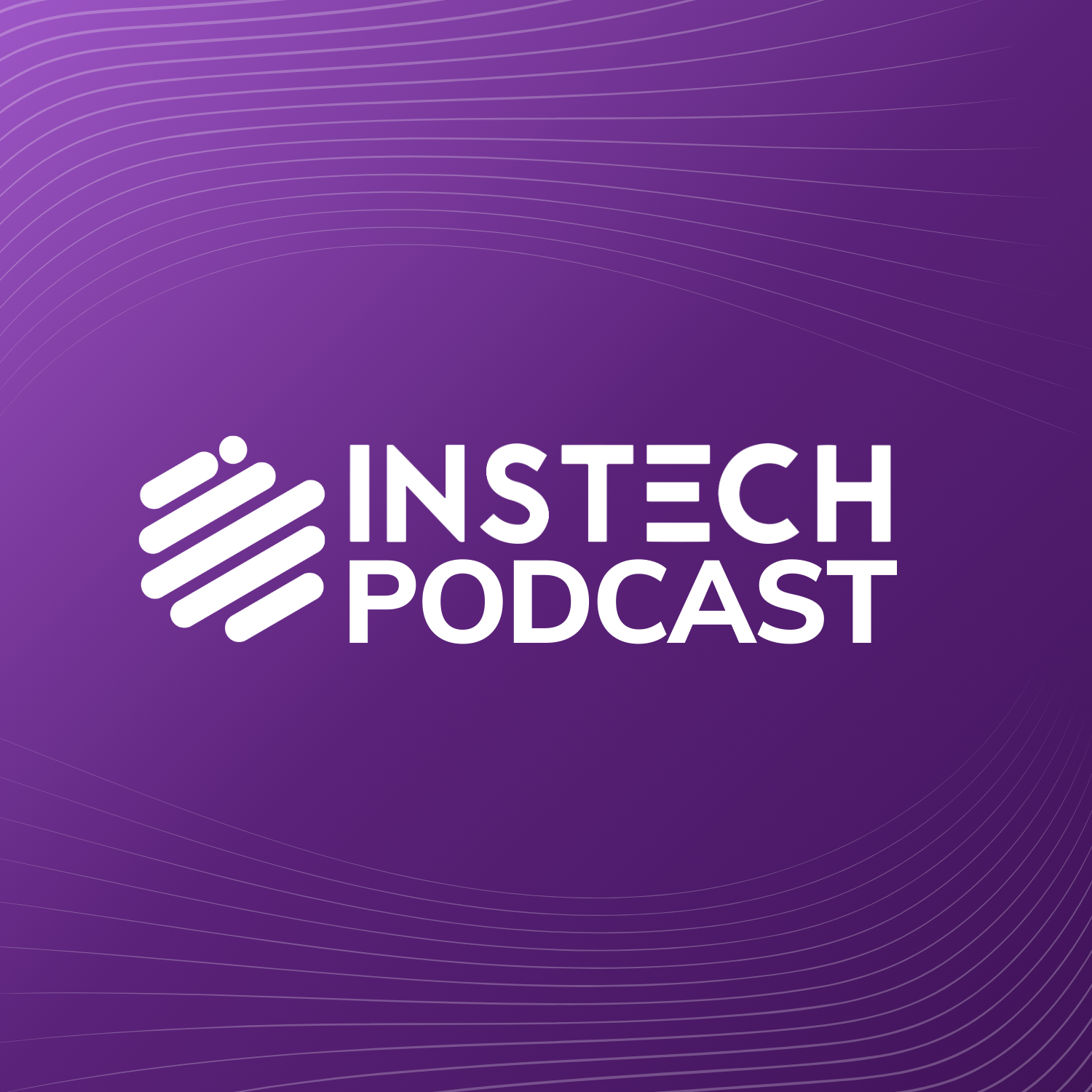
Episodes

Sunday Apr 06, 2025
Sunday Apr 06, 2025
What does it take to build a wildfire prediction model that not only outperforms physics-based approaches but also fits seamlessly into underwriting?
In this episode, Matthew Grant is joined by Sarah Russell, General Manager at Bellwether – a climate-focused moonshot from Google X – to explore why wildfires are the ideal proving ground for next-generation insurance analytics.
This isn’t, however, just another conversation about AI potential. Sarah explains why wildfire risk fits machine learning better than traditional methods, how Bellwether is helping insurers find overlooked low-risk zones and why explainability, not black-box brilliance, is key to adoption. She also shares what’s next – from agentic AI to Severe Convective Storm models – and what the industry needs to be ready for.
Key Talking Points:
- Wildfires as a moonshot – why Bellwether started with wildfire risk to build a prediction engine for the Earth
- From physics to AI – how machine learning outperforms traditional models in dynamic, data-heavy environments
- Spotting opportunity, not just risk – how Bellwether identifies low-risk zones that other models overlook
- Real-time data, real underwriting gains – delivering a 10% loss ratio improvement for a Lloyd’s carrier
- Beyond black boxes – using explainable AI to justify counterintuitive predictions and build trust
- The end of the ‘yak shave’ – how agents and large models will reshape insurance workflows and tech stacks
- From geospatial to generative – where Bellwether is heading next with severe convective storm modelling
- Working with the experts – why collaboration with scientists and government agencies remains critical
If you like what you’re hearing, please leave us a review on whichever platform you use or contact Matthew Grant on LinkedIn. You can also contact Sarah Russell on LinkedIn to start a conversation!
Sign up to the InsTech newsletter for a fresh view on the world every Wednesday morning.
Continuing Professional Development
This InsTech Podcast Episode is accredited by the Chartered Insurance Institute (CII). By listening, you can claim up to 0.5 hours towards your CPD scheme.
By the end of this podcast, you should be able to meet the following Learning Objectives:
- List the key environmental and structural factors that contribute to low wildfire risk
- Define the role of large models and their ability to handle uncertainty in climate risk assessment
- Identify the advantages of using AI to uncover underappreciated low-risk zones in high-exposure regions
If your organisation is a member of InsTech and you would like to receive a quarterly summary of the CPD hours you have earned, visit the Episode 349 page of the InsTech website or email cpd@instech.co to let us know you have listened to this podcast.
To help us measure the impact of the learning, we would be grateful if you would take a minute to complete a quick feedback survey.

No comments yet. Be the first to say something!